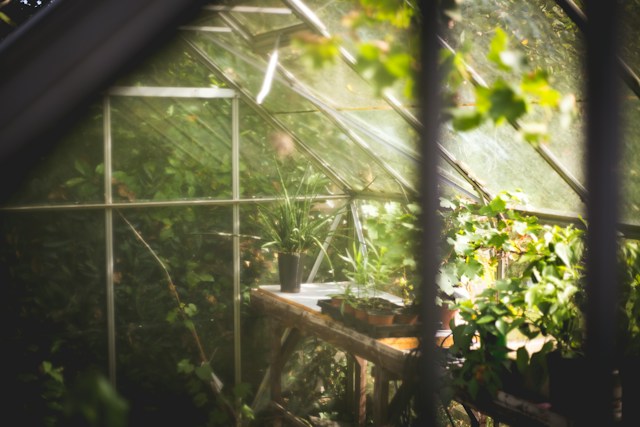Gardening in a greenhouse is a great way to grow your favorite plants all year round. A greenhouse allows you to grow fresh food even in the cold winter months and gives you a headstart on your plants in the spring. A greenhouse also keeps your plants safe from bugs and bad weather, so you have fewer problems and more fun gardening.
Before you start gardening in a greenhouse, there are a few things you need to learn. You can’t just plant a few seeds and hope for the best. Controlling the temperature, watering the plants, and keeping the air moving are all essential to growing successfully in a greenhouse. In this article, we will go over how to start gardening in a greenhouse with some essential tips.
1. Choose The Right Greenhouse
When you decide to start greenhouse gardening, choosing the right greenhouse is your first step. The size, material, and type of greenhouse you pick should match what you want to grow, how much space you have, and your budget. Think about whether you’re planning to fill it with pots and trays or if you want to include garden beds which require more space.
There are different types of greenhouses to choose from along with the size. There are freestanding greenhouses, which stand alone and can be placed in various locations in your yard.
Then, there are attached greenhouses, which are built to share a wall with your house or another building.
2. Create The Right Environment
Creating the ideal environment inside your greenhouse is key to growing healthy plants. This involves managing temperature, humidity, ventilation, and lighting to provide the best natural conditions.
Temperature control is probably the most important factor in growing in a greenhouse. In the daytime, the greenhouse can get too warm, possibly killing your plants. The key is to find a way to block the sun at certain times of the season and even the day. At night or during colder months, the temperature inside can drop too low. In these cases, you might need a heater to keep your plants warm.
Humidity and ventilation are also important. Plants need the right moisture level in the air to thrive, but too much humidity can lead to mold and disease. Opening windows or using fans can help keep the air moving and prevent it from getting too damp.
3. Have A Planting Plan
Being able to take advantage of all the benefits of greenhouse growing requires planning in advance.
Different plants thrive at different times of the year, so it’s a good idea to plan your greenhouse garden so something is always growing. You could start with cool-season vegetables like lettuce and spinach in early spring, then move on to warm-season crops like tomatoes and peppers in the summer.
Starting seeds is another important aspect. Think about when certain plants like tomatoes need to be put into the ground and at what stage of their maturity. This way you can count backwards to settle on the right time to start the seeds.

